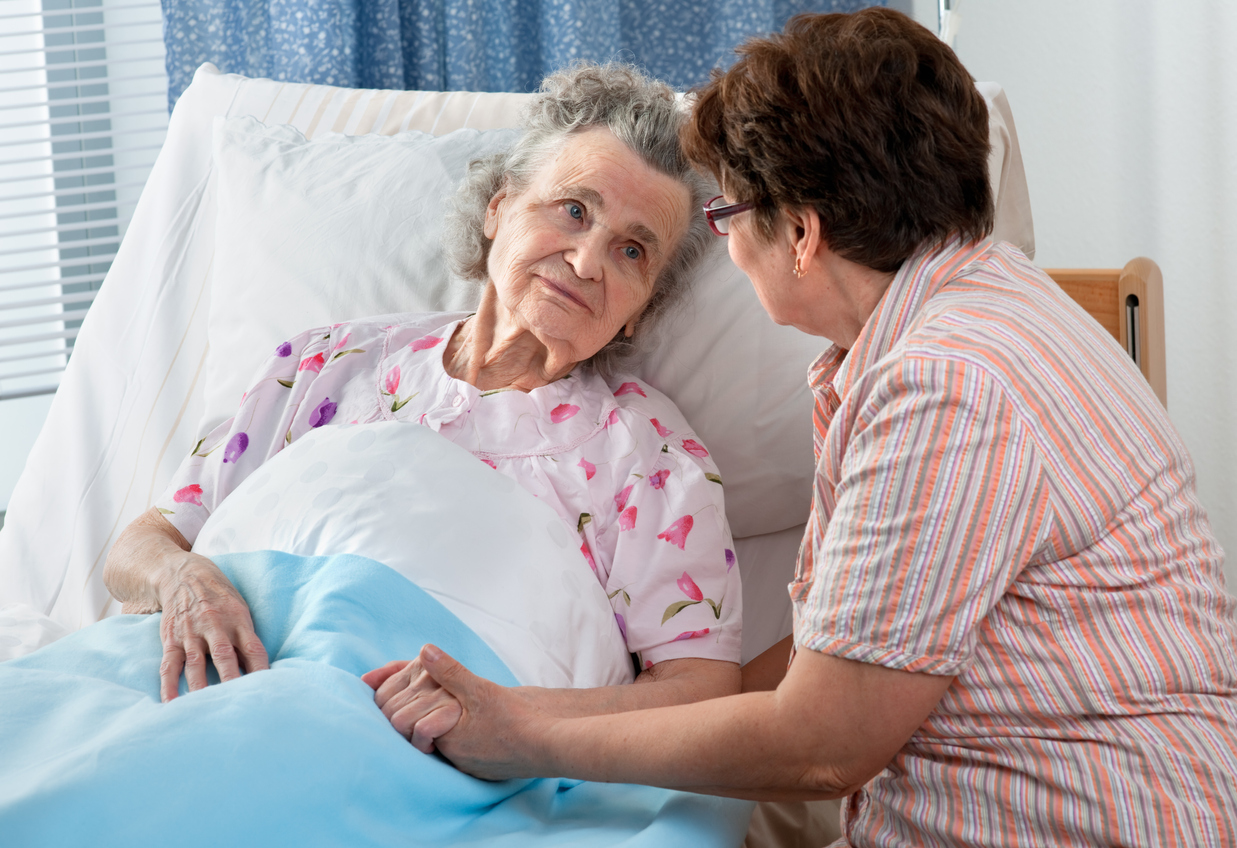April 16, 2025 | Personal Injury

Repositioning is key for bed-bound people. This is especially true for those in nursing homes, hospitals, or getting home care. If a person cannot move on their own, they face more health risks. These include pressure ulcers (bedsores), muscle loss, and breathing problems.
Repositioning reduces risks and boosts health. It improves circulation and ensures comfort.
Caregivers must know how often to reposition bed-bound residents. This is key to keeping those in their care healthy and comfortable. Regular repositioning can prevent health issues, provide comfort, and help people recover faster.
Why Repositioning Is Crucial for Bed-Bound Residents
When a person remains in the same position for long periods, pressure is applied to certain parts of their body. This pressure reduces blood flow, which can damage the skin and underlying tissues. Pressure ulcers, or bedsores, usually form where bones are near the skin.
Common spots include the heels, hips, and elbows. These ulcers can cause pain, lead to infections, and, in severe cases, result in life-threatening complications.
Other Benefits of Repositioning
Repositioning helps bed-bound residents in many ways, not just by preventing pressure ulcers.
Improved Circulation
Changing positions boosts blood flow, which is key for skin health and overall body function. Good circulation also reduces the risk of blood clots, which can form when a person is immobile.
Prevention of Contractures
Staying in one position too long can make muscles and joints stiff. This can lead to contractures, making it hard for a person to move their limbs. Regular repositioning helps prevent this by promoting flexibility and muscle health.
Enhanced Respiratory Function
Repositioning also helps maintain lung function. Lying flat on the back for extended periods can lead to fluid buildup in the lungs, increasing the risk of pneumonia. Shifting positions ensures that the lungs stay clear and that the person can breathe more easily.
How Often Should Bed-Bound Residents Be Repositioned?
Repositioning frequency varies with each person’s needs. However, for those in bed, it’s best to change their position at least every two hours.
Every Two Hours
For most bed-bound individuals, the general recommendation is to reposition them every two hours. This time frame lowers pressure on weak spots like the hips, back, and heels. It also helps stop pressure ulcers from forming. It’s important to change positions systematically, alternating between the left side, right side, and back.
Every Hour for Higher-Risk Patients
Some residents are more likely to develop pressure ulcers. This risk is higher for those with limited mobility, health issues, or poor circulation. For these individuals, repositioning every hour may be necessary. This is especially true for patients with pressure ulcers or those in intensive care.
Position Changes During the Night
If the resident is bed-bound at night, caregivers should still ensure they are repositioned every two hours. While this can be challenging for those caring for a resident during the night shift, it’s essential for preventing bedsores. The use of pressure-relieving mattresses and pillows can make repositioning easier and more effective.
Monitoring and Assessment
Caregivers should regularly assess the skin condition of the bed-bound resident. This includes checking for any early signs of pressure ulcers, such as redness or tenderness. If any signs of skin breakdown are noticed, repositioning intervals may need to be shortened.
Signs That Repositioning Is Needed More Frequently
The general advice is to reposition every two hours. However, some signs indicate that it should happen more often.
Redness or Skin Breakdown
If the resident’s skin shows signs of redness, swelling, or open sores, it may be necessary to reposition them more frequently. Early intervention can prevent the development of more serious pressure ulcers.
Discomfort or Restlessness
If a bed-bound person appears uncomfortable or restless, it could be an indication that they are not in an optimal position. Caregivers should check if repositioning is necessary to relieve pressure or discomfort.
Decline in Health
If the person’s health gets worse or they have new problems like fever or trouble breathing, they may need to be repositioned more often. This may also include adjusting the person’s head or upper body to aid in breathing.
Bed-Bound Residents Should Be Repositioned Often
Repositioning bed-bound residents is crucial in caregiving. It helps prevent serious health issues, such as pressure ulcers, poor circulation, and breathing problems. By following the recommended guidelines for repositioning every two hours and adjusting the frequency for higher-risk individuals, caregivers can significantly improve the comfort and health of those in their care.
Contact an experienced personal injury attorney if you or someone you love has been injured by elder neglect or abuse.
Contact Our Personal Injury Law Firm in Kentucky Today To Get More Information
If you’ve been injured in an accident in Lexington or Bowling Green, please contact our personal injury lawyers at Minner Vines Injury Lawyers, PLLC for a free case evaluation.
Minner Vines Injury Lawyers, PLLC – Lexington, KY Office
325 W Main St #210, Lexington, KY 40507
(859) 550-2900
Minner Vines Injury Lawyers, PLLC -Bowling Green, KY Office
814 State St. suite 100, Bowling Green, KY, 42101
(270) 517-2014